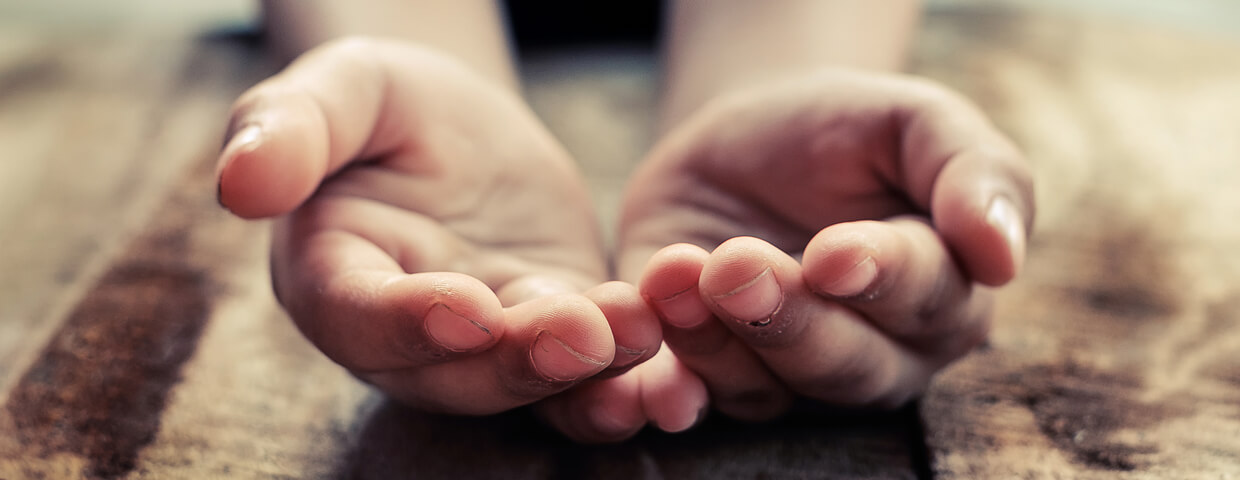Disasters, whether natural or man-made are by definition tragic events that disrupt human life, security, and functionality.
It’s because of this that disaster relief is defined as a human response designed to protect life and restore security and functionality. It’s that human compassionate response that rallies individuals (sometimes across the globe!) to coordinate and apply funds, manpower, technology, and more to bring order back from chaos.
Disaster Relief History
Disaster relief programs have been around since the 1800s, when the concept of coordinating a response for any victim of a disaster, regardless of their affiliations or location became more widely accepted. Examples of this shift in society’s thinking about disaster response include the Red Cross. In this sense, the obligation or reaction to respond with an offer of aid and assistance grew to include the entire globe, and not just one’s immediate neighborhood or community.
Disasters and Emergencies
Disasters are defined differently by different countries, regions, and organizations, but generally include floods, fires, earthquakes, tornadoes, hurricanes, severe drought, riots, and warfare-related human-caused disasters as well.
When a disaster has or is expected to overwhelm local emergency response capabilities, then the area affected can then petition the governor of the state to declare a state of emergency through a specific process of assessments and requests.
If the state’s resources are expected to be exhausted then, the Governor can petition to have the President declare an emergency or natural disaster as well through a further process of assessment and requests.
Funding
While there are categories of relief that are dependent on the type, scope, and severity of the disaster, funding for disaster relief programs are not as specifically dedicated as one might think, due to the fact that disasters (for the most part) can’t be predicted. Response categories included Individual Assistance, Public Assistance, and Hazard Mitigation.
In the United States, the Federal Emergency Management Agency (FEMA) takes on the main responsibility for disaster relief and provides financial assistance to state and local relief activities through the Disaster Relief Fund (DRF).
How Can I Get Help, or Help Others During a Disaster?
Disaster relief programs have come a long way in the last few centuries, and are now rather sophisticated and evidence-based programs that prepare for, assess, coordinate and implement their activities to protect life and property, restore order and infrastructure and deliver aid to those affected. In general, their responses include the following efforts: mitigation, preparedness, resonance, and recovery.
Finding Local Assistance
If you are looking for help during a disaster, it’s because of this coordination, sophistication, and training that it’s best to contact your local emergency services first (Fire, EMS, Search and Rescue, etc). If you are desiring to help those impacted by a disaster, it’s essential you also reach out to your local emergency response agencies as well, as jumping in can actually cause more harm than good otherwise.
Your local emergency response agencies can direct you to the proper channels to receive help, and can also direct you to the right organizations and coordination efforts to make sure that you get the specific help you need, or are able to help in the kinds of ways that are most appropriate to the situation and the community that is being impacted.
For instance, when families are disrupted and lose their homes or access to their homes as a result of a natural disaster, simple things like having a bed to sleep in can seem like a luxury. Sleep in Heavenly Peace has a disaster relief program specifically designed to provide beds and bedding to children who have found themselves sleeping on the floor or ground due to circumstances out of anyone’s control.
Get Started Today
If you are looking for help or would like to help local children impacted by natural disasters get off the floor and into a bed, we encourage you to learn more about Sleep in Heavenly Peace and the numerous ways that you can get involved today.

